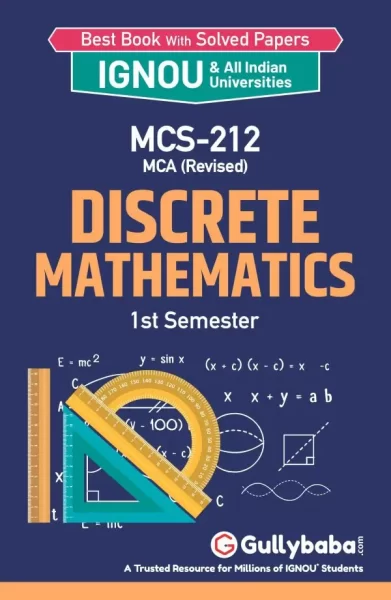-
Sale!
MCS-212
Discrete Mathematics
Original price was: ₹200.00.₹100.00Current price is: ₹100.00.Bought by : 2232 StudentsIn Stock Only 0 left ! -
Sale!
MCS-211 + MCS-212 + MCS-213 + MCS-214 + MCS-215
IGNOU MCA (Revised) Computer Application Combo
Bought by : 3971 StudentsIn Stock Only 0 left !34 in stock 9 people are viewing this, and 29 recently purchased it.
-
Sale!
MCS-212
Discrete Mathematics
Bought by : 2703 StudentsIn Stock Only 0 left !37 in stock 6 people are viewing this, and 15 recently purchased it.







